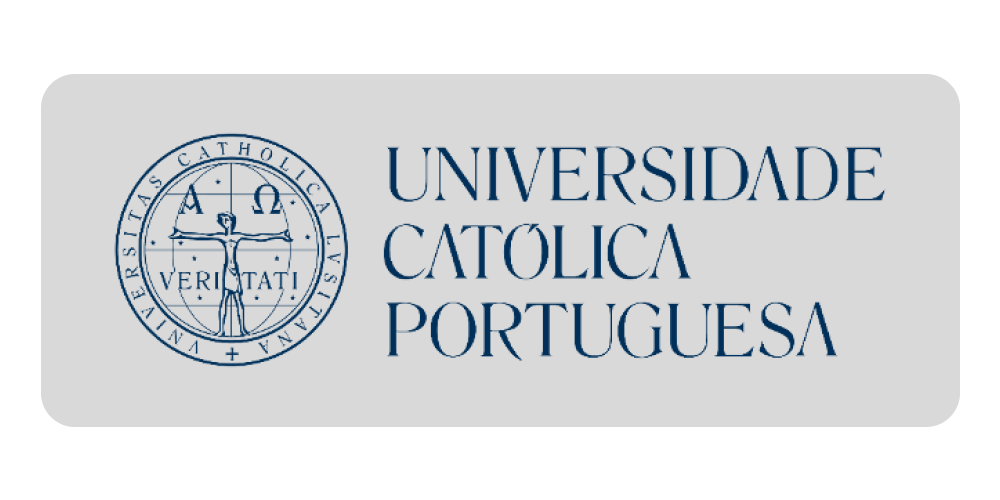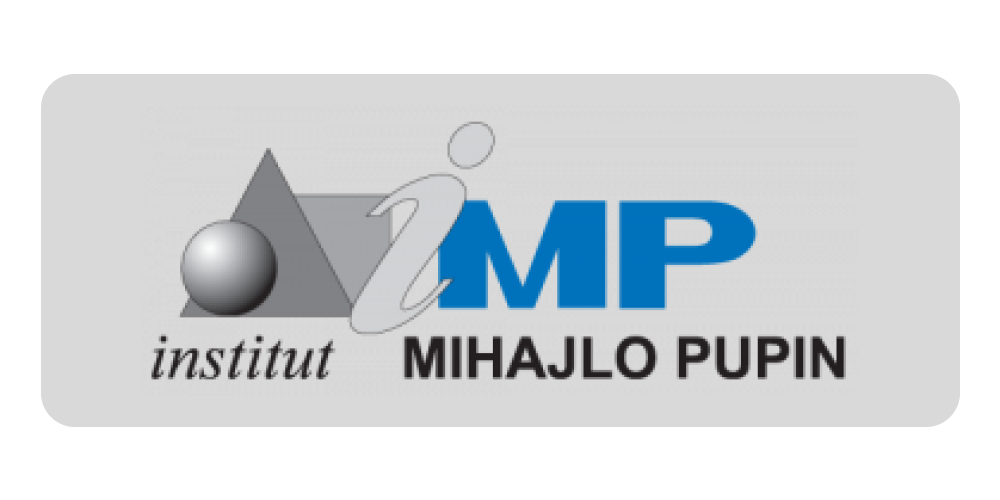University of Zagreb. Faculty of Agriculture. Department of Agricultural Technology, Storage and Transport.
Possibilities of utilization of industrial waste of important drupe fruit by the process of pyrolysis for the purpose of obtaining energy
2018
Dobivanje energije iz biomase jedan je od najperspektivnijih načina dobivanja energije putem obnovljivih izvora. Organski je otpad iz poljoprivredne, šumarske i prehrambene industrije moguće putem različitih procesa pretvorbe pretvoriti u visokovrijedna kruta, tekuća i plinovita biogoriva. Koštice breskve, marelice i šljive kao nusproizvodi prehrambene industrije predstavljaju potencijalno kvalitetnu sirovinu za jedan od takvih procesa. Cilj je ovoga rada bio istražiti mogućnosti iskorištavanja koštica šljive, marelice i breskve za proizvodnju energije i proizvoda dodane vrijednosti putem procesa pirolize. Proces je to termalne razgradnje organske tvari pri temperaturama višim od 400°C i bez prisutnosti kisika. Prije provedbe samog procesa pirolize analizirani su pripremljeni i osušeni uzorci koštica breskve sorte "Redhaven", marelice "Goldrich" i šljive "Čačanska rodna". Provedene su analize sadržaja vode, pepela, koksa, hlapivih tvari i fiksiranog ugljika, utvrđeni su lignocelulozni sastav, sadržaj ukupnog ugljika, vodika, dušika i sumpora te su određene gornja i donja ogrjevna vrijednost sirovine. Nakon provedenih analiza i procesa pirolize utvrđen je udio dobivenog bioulja i biougljena čija su svojstva i sadržaj potom detaljnije analizirani. Nakon svih provedenih analiza potvrđeno je da koštice breskve, marelice i šljive mogu poslužiti kao vrlo dobre sirovine za dobivanje energije putem procesa pirolize.Producing energy from biomass is one of the most promising ways of obtaining energy from renewable sources. Organic waste from agricultural, wood, and food industry is suitable for transformation into valuable solid, liquid and gaseous biofuels. Peach, apricot and plum pits are byproducts of the food industry and as such represent potentially valuable materials for transformation into biofuel. The aim of this study was to investigate the efficiency of plum, apricot and peach pits in energy production through process of pyrolysis. It is a process of thremal decomposition of organic matter under temperatures exceeding 400 degrees Celsius and without oxygen. Dried pit samples from Redhaven peach, Goldrich apricot and Čačanska rodna plum had been analyzed before the pyrolysis has been performed. This analysis included determination of moisture content, ash, coke, volatile substances and fixed carbon. Total carbon, hydrogen, nitrogen and sulfur contents as well as lignocellulosic composition were determined and the higher and lower heating values were determined. After the analysis and pyrolysis were conducted, the content of biooil and biochar was calculated. Further analysis of biochar properties was also undertaken. After all the analyses have been performed it is confirmed that apricot, peach and plum pits can serve as valuable raw materials for energy production through the process of pyrolysis
University of Zagreb. Faculty of Agriculture. Department of Agricultural Technology, Storage and Transport.
Possibilities of utilization of industrial waste of important drupe fruit by the process of pyrolysis for the purpose of obtaining energy
Dobivanje energije iz biomase jedan je od najperspektivnijih načina dobivanja energije putem obnovljivih izvora. Organski je otpad iz poljoprivredne, šumarske i prehrambene industrije moguće putem različitih procesa pretvorbe pretvoriti u visokovrijedna kruta, tekuća i plinovita biogoriva. Koštice breskve, marelice i šljive kao nusproizvodi prehrambene industrije predstavljaju potencijalno kvalitetnu sirovinu za jedan od takvih procesa. Cilj je ovoga rada bio istražiti mogućnosti iskorištavanja...
Preuzmite dokument
2018
 Lendler, Matko
Lendler, Matko
University of Zagreb. Faculty of Agriculture. Department of Agricultural Technology, Storage and Transport.
Possibilities of utilization of industrial waste of important drupe fruit by the process of pyrolysis for the purpose of obtaining energy
Dobivanje energije iz biomase jedan je od najperspektivnijih načina dobivanja energije putem obnovljivih izvora. Organski je otpad iz poljoprivredne, šumarske i prehrambene industrije moguće putem različitih procesa pretvorbe pretvoriti u visokovrijedna kruta, tekuća i plinovita biogoriva. Koštice breskve, marelice i šljive kao nusproizvodi prehrambene industrije predstavljaju potencijalno kvalitetnu sirovinu za jedan od takvih procesa. Cilj je ovoga rada bio istražiti mogućnosti iskorištavanja...
Preuzmite dokument
2018
 Lendler, Matko
Lendler, Matko






